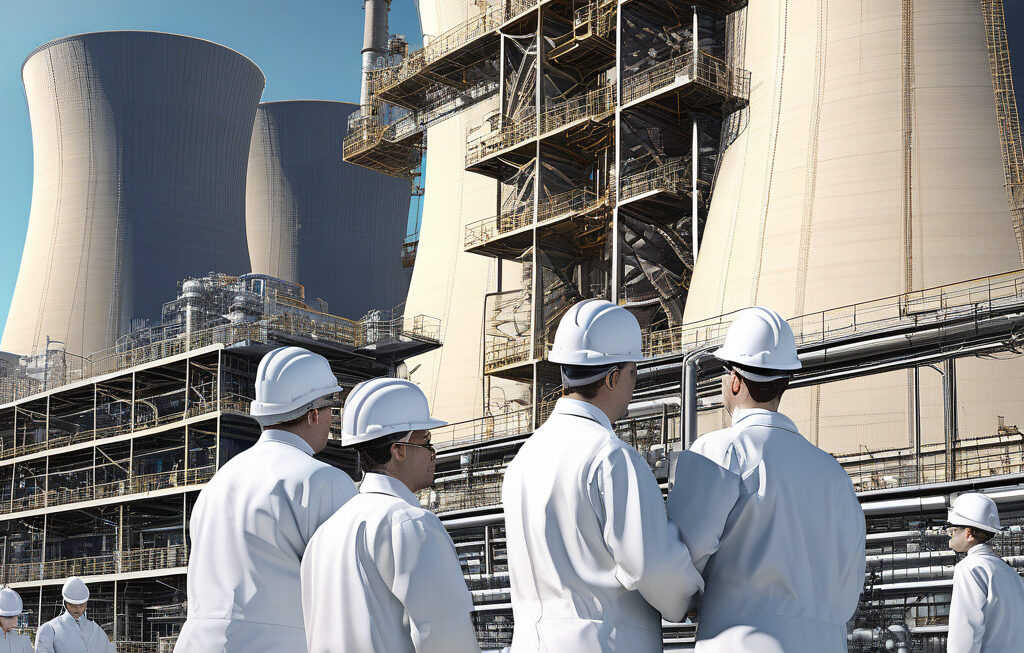AI Energy Demand Accelerates While Clean Power Lags
The intersection of artificial intelligence (AI) and energy consumption is becoming increasingly significant in today’s digital landscape. With the rapid expansion of AI technologies in various sectors, the demand for energy to power these systems is on the rise. However, this surge in energy consumption is not being met with an equivalent increase in clean power sources, leading to a concerning imbalance in the sustainability of AI operations.
Data centers, which serve as the backbone of AI infrastructure, are particularly noteworthy in this context. These facilities house the servers and hardware necessary to support AI algorithms and applications, requiring substantial amounts of electricity to function. As AI applications become more sophisticated and widespread, the energy demands of data centers are expected to escalate dramatically in the coming years.
While the transition to renewable energy sources such as solar and wind power has been gaining momentum in recent times, the pace at which clean energy solutions are being adopted by data centers is not keeping up with the accelerating AI energy demand. As a result, many data centers are turning to traditional energy sources like gas and nuclear power to meet their increasing electricity needs.
One of the primary reasons for this trend is the inherent intermittency of renewable energy sources. Solar and wind power generation is dependent on weather conditions, making it challenging to ensure a consistent and reliable energy supply for data centers that operate around the clock. In contrast, gas and nuclear power plants can provide a more stable source of energy, albeit at the cost of increased carbon emissions and environmental impact.
The reliance on non-renewable energy sources poses a significant challenge to the goal of achieving a more sustainable and environmentally friendly AI ecosystem. As the demand for AI technologies continues to grow across industries such as healthcare, finance, and transportation, the environmental consequences of powering these systems with fossil fuels are becoming increasingly apparent.
To address this issue, stakeholders in the AI and energy sectors must collaborate to accelerate the adoption of clean power sources for AI operations. This may involve investing in energy storage solutions to mitigate the variability of renewable energy generation or implementing energy-efficient practices within data centers to reduce overall electricity consumption.
Furthermore, policymakers play a crucial role in incentivizing the transition to clean energy for AI applications through regulatory frameworks and financial incentives. By aligning economic incentives with environmental goals, governments can encourage data centers to prioritize sustainability in their energy procurement strategies.
In conclusion, the growing energy demand of AI technologies presents a pressing challenge for the transition to a clean and sustainable energy future. While data centers are currently turning to gas and nuclear power amid delays in clean energy adoption, concerted efforts from industry stakeholders and policymakers are essential to drive the shift towards renewable energy sources for powering AI operations. Only through collaborative action can we ensure that the benefits of AI innovation are realized without compromising the health of our planet.
AI, Energy, Clean Power, Data Centers, Sustainability












